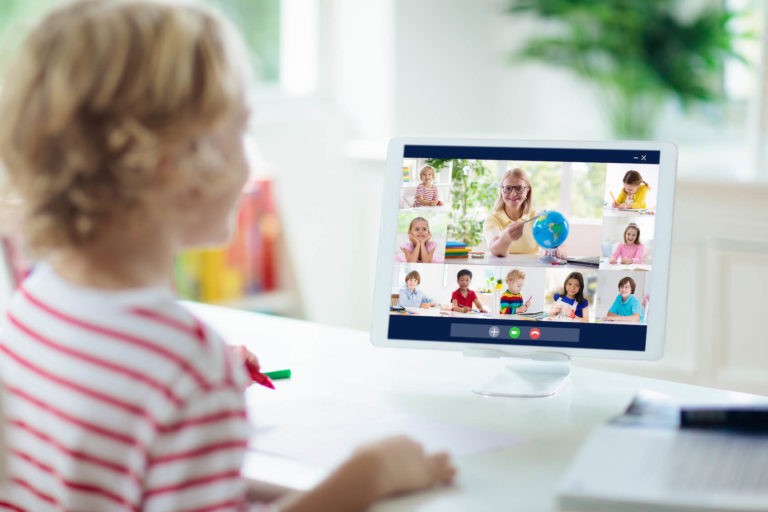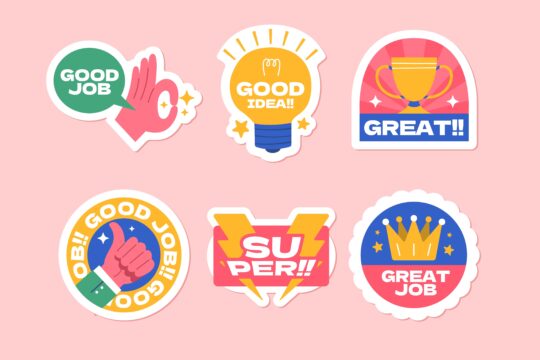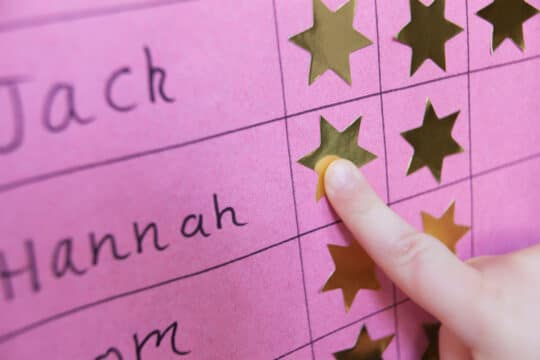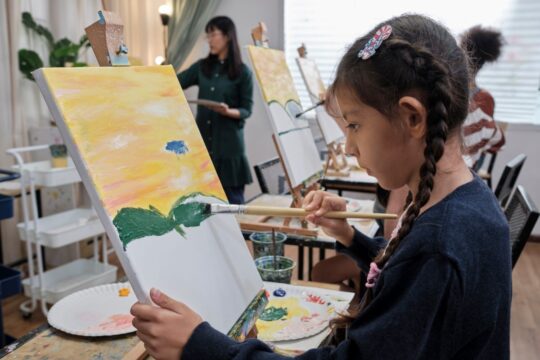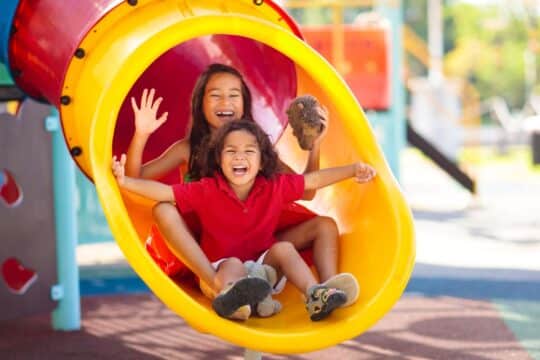Teachers’ “to-do” lists are never ending and sometimes shockingly long. They range from creating lesson plans to organizing art projects to making phone calls home. However, there is one thing that should always remain at the top of the list, and that is creating, designing, and building in ways for students to build community. Why is community so important for young learners, not only during the COVID pandemic but also generally speaking? What are some strategies and activities that teachers can implement in order to foster those relationships in the early childhood classroom?
Why is Community Important for Young Learners?
If you ask Britannica Kids what the definition of community is, many definitions describing the word appear. “A group of people with common interests.” “Shared ownership or participation.” “Similarity likeness.” “Fellowship.” Having community brings to life the idea that there are others like them. It gives people awareness of their actions, their words, and their relationships. It creates fellowship and the friendly feelings we have for one another.
Imagine a world without these things. Then take that word, community, and think about the absence of it within a classroom. If students did not see others who shared their same interests, if students did not see others in their classroom who looked or acted in similar ways, and if students did not find fellowship with their peers, how could that environment be one where they could thrive?
Community is the foundation for student success in so many ways. It fosters the development of skills needed to be active and contributing participants in the world. Empathy, kindness, compassion, selflessness are all formed and strengthened when there is the feeling of community. How can one show empathy to others without the feelings of attachment to that person or that event? How can someone be kind to others if they do not care for anyone but themselves? And without the presence of community, how hard are students going to be willing to put forth effort in the classroom? Below are some strategies for building community in the classroom. And a bonus, all can be done in the virtual classroom, too.
Strategies for Building Community in the Classroom Virtually
Call Your Students by Name
For starters, there are some really easy ways to start building community that take little to no preparation. Greet each student by name as they walk (or arrive via Zoom) into your classroom. Use students’ names again as they leave,and really as often as possible for that matter. When students hear their name, they feel seen and valued. They are given a voice. Let students know this by using their name again and again. Don’t let them forget that you see them, you know them, they are heard.
Show Students Your World
COVID-19 has made so many aspects of our daily lives harder than ever. But one thing it has made easier for many teachers across the country is the ability to show students their worlds. For those students learning in a hybrid model or completely online, a look into their teacher’s life is clearer than ever before.
Teachers, show your students your world, your pet, your house plant, your desk. Give them those opportunities to connect with you, to let them see you as a real human being. The more we as humans learn about each other, the harder it is to ignore the injustices in our world that exist. And by making yourself vulnerable, your students will begin to open up and become vulnerable too as they start to share more about their lives, their feelings, and their hardships. No harm can come from a teacher opening up to a student; just like everything else in a classroom, this needs to be modeled.
Play Games
As if we all wouldn’t love another reason to play games, here’s one. Playing games builds community. When the word “game” comes up, students’ mindsets shift from “we’re doing work,” to “we’re having fun.” Games build camaraderie amongst classmates and naturally help let down the guards students may have up.
Games don’t need to be limited to the physical classroom either. With a few adjustments, nearly every game can also be enjoyed via Zoom. Stuck on where to begin? Some ideas include iSpy, Where’s Waldo, Spot it, or 20 questions. Or, have students bring a small bucket and a piece of paper with them to your zoom meeting. Tell students to bunch up the paper into a tight ball and play a class game of corn hole or basketball. Does everyone have a towel at home? Play towel fold. See how many times students can fold their towel while standing on it. Think outside the box or, should we say, the computer screen. The options for games in a physical or virtual classroom are endless.
Share Student Work
There are many reasons to share student work. First, it shows students that what they are doing in the classroom is valued. It gives them ownership over their work and creates motivation for getting their work done and to the best of their ability. For many adults, if they know that something they are working on won’t be seen by anyone, it can be hard to put our best effort into it. But when we know our peers are going to view it, we naturally work a little harder.
The same is absolutely (and many times more so) true for young learners. Create a showcase board in your classroom or take screenshots of students’ work and share them at your Zoom meeting. Students love an audience, they love to have their work displayed, and they love the affirmation that what they are doing is seen.
It is no “new news” that teachers have busy jobs. They educate our youth both academically, behaviorally, and socially. They create lessons, grade papers, and communicate with parents. Building community is just as important as all these other job requirements. By calling students by name, letting them get to know you, playing games, and showcasing their work, classroom communities are strengthened. In a time where there is so much unrest in the world, community is something we could all use a little more of.
